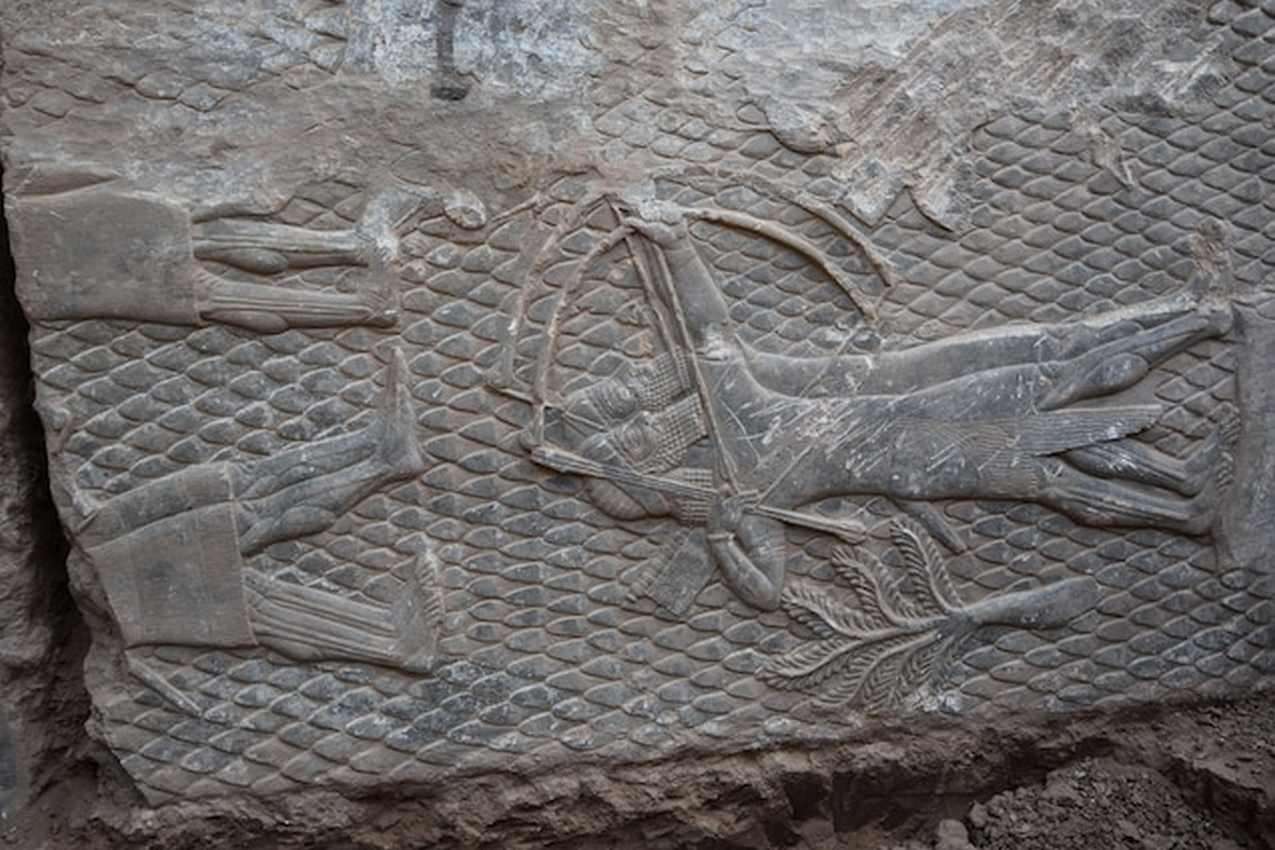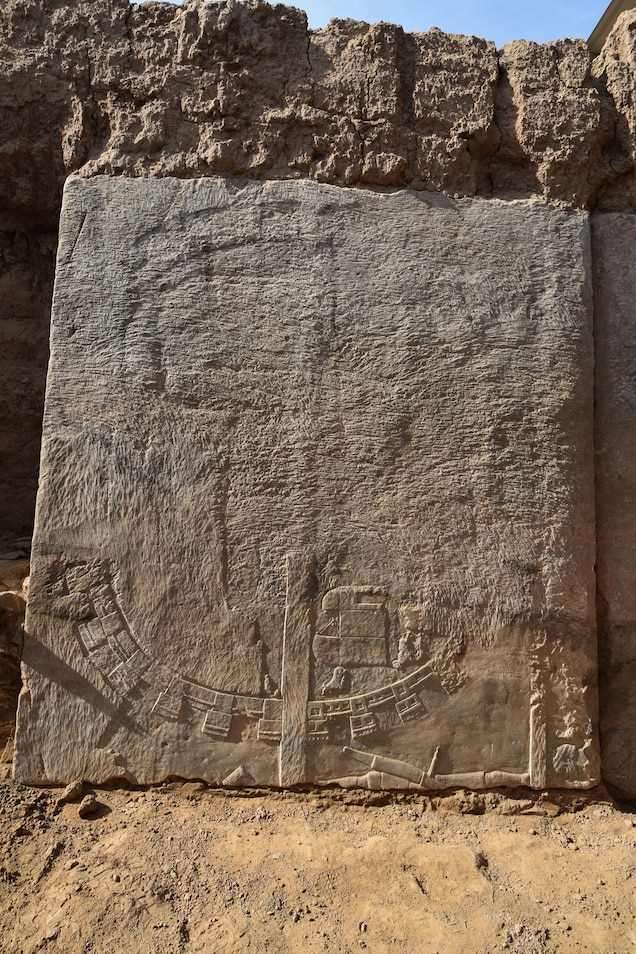ââGood Samaritan Dodges Cars to Clear Large Debris From Highway in Dubai, Video Goes Viral
The department claimed the man had explained he did it out of concern for the safety of other motorists, touching the hearts of the officers.

In April, archeologists working in the ancient Assyrian city of Nineveh which had been destroyed by the Islamic State, uncovered a pulse-quickening discovery-a sealed gateway unknown in any previous excavations or surveys of the site.
Carefully opening the door, the archeologists' eyes fell on a hallway lined with dust that had not been disturbed for 2,634 years. Their discovery yielded incredible works of sculptural art-depictions of military camps and soldiers documenting the conquests of Mesopotamia by Assyrian king Sennacherib.
They remain stunning in their clarity and precision, and depict a change in Neo-Assyrian relief sculpting, when artists began to use every inch of space to depict lands, natural features in the background, and the various tribes that made up the Assyrian imperial population, not just the Assyrians themselves.
"They're better than the ones in the British Museum," said Michael Danti, professor of archeology at the University of Pennsylvania and member of the excavations, referring to similar reliefs found from excavations of Nineveh from the 19th century.
"They really show the high-relief carving, the detail of Sennacherib's sculptures which were revolutionary at the time," he told Nat Geo.
These marvels were discovered when two groups, the Iraq Heritage Stabilization Program at the Univ. of Pennsylvania, and the Nineveh Inspectorate of Iraq's State Board of Antiquities and Heritage, began restoring the Mashki Gate, one of 18 that dotted the walls of Nineveh.
The architectural layer they found beyond the sealed gateway dated to the sack of the city by the Medes and Babylonians during the tail-end of the Iron Age Neo-Assyrian Empire in the 600s BCE, when the exceptionally-cruel Assyrian dominance of the Fertile Crescent had become so intolerable the inhabitants sought all means to be rid of it.
The Biblical prophet Nahum, who described the sack of the city, concluded with "woe to the bloody city, full of lies and robbery. Desolate Nineveh, who shall bewail her?"

As restorers and archeologists began to excavate, they found human remains from this then-world-changing siege. Ironically, the panels depicting the breathtaking sculptures had been flipped upside down and reused as building material. The roughly 5-by-6.5-foot panels were set sideways against the mud brick walls of the gate.
"It's something none of us expected," said Ali Al-Jobouri, a retired professor of archeology who is nevertheless part of the excavations. "When you discover such things and you're able to touch them with your hand, this is something very, very exciting," he told Nat Geo.
Along with an overhead schematic of an Assyrian military camp, one relief depicts what is clearly an easterner-likely someone from Iran based on their hair and beard styles. As no one has presented a clear hypothesis what the battles were that are thusly depicted, one professor suggested the Iranian could represent a clue-campaigns eastward toward the Zagros Mountains.
These reliefs, unlike so much of the material from the Near East will remain in Iraq.
Be the first to comment